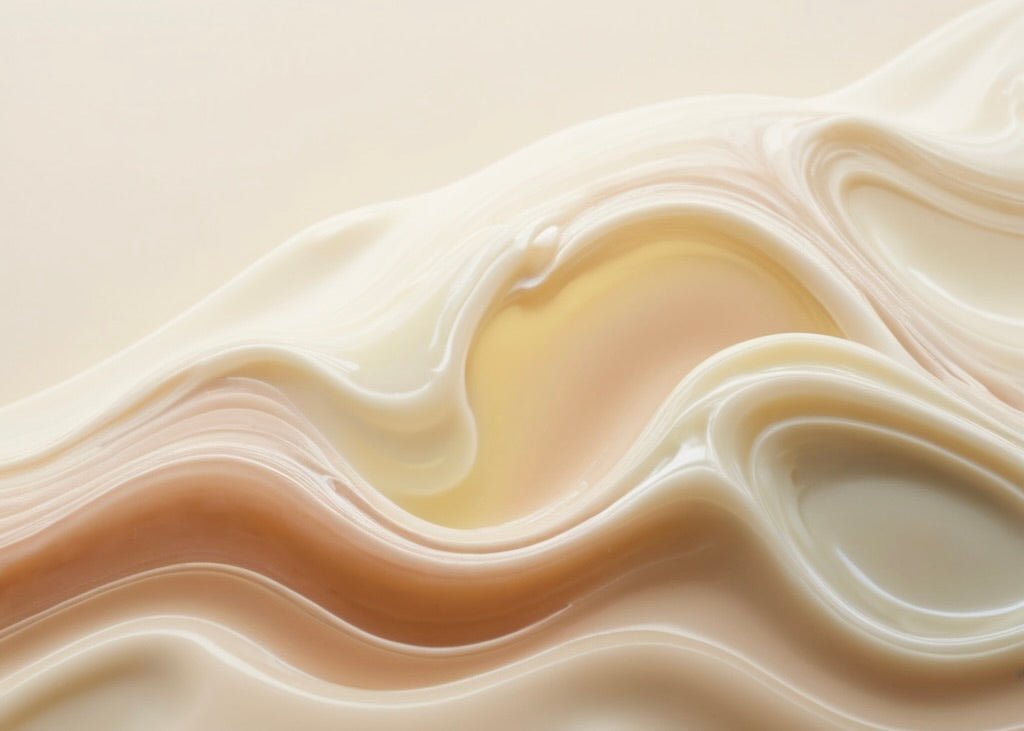
Tips for Applying Moisturizer Correctly
Moisturizing is an essential part of any skincare routine. Regardless of your skin type, moisturizing helps to maintain the skin's natural protective barrier, keeps it hydrated, and can even help to reduce the signs of aging. But, are you applying your moisturizer correctly? In this guide, we'll share some expert tips to ensure you're getting the most out of your moisturizer.
Understanding the Importance of Moisturizing
The first step in perfecting your moisturizing routine is understanding why it's so important. Our skin is exposed to a variety of environmental stressors every day, from pollution and UV rays to harsh weather conditions. These factors can strip the skin of its natural oils, leading to dryness, irritation, and premature aging.
Applying a moisturizer helps to replenish these oils, providing a protective barrier that locks in hydration and keeps harmful elements out. Regular moisturizing can lead to healthier, more resilient skin that looks and feels softer, smoother, and more youthful.
The Benefits of Natural and Sustainable Ingredients
When choosing a moisturizer, it's important to consider the ingredients. Many conventional skincare products contain synthetic ingredients and harsh chemicals that can irritate the skin and harm the environment. On the other hand, natural and sustainable ingredients are gentle on the skin and kinder to our planet.
For example, ingredients like shea butter, jojoba oil, and aloe vera are all naturally derived and have been used for centuries for their skin-nourishing properties. They're also renewable resources, meaning they can be harvested sustainably without depleting the planet's resources or causing environmental harm.
How to Apply Moisturizer Correctly
Now that we understand why moisturizing is so important and the benefits of natural ingredients, let's dive into the correct way to apply moisturizer. Here's a step-by-step guide:
- Start with a clean face. Always apply moisturizer to clean, damp skin. This helps the product absorb better and locks in hydration.
- Use the right amount. You don't need a lot of product to effectively moisturize your skin. A pea-sized amount is usually enough for the entire face.
- Apply with gentle upward strokes. Instead of rubbing the product in, apply it with gentle upward strokes. This helps to boost circulation and prevent sagging.
- Don't forget your neck and décolletage. These areas are often overlooked, but they're just as susceptible to dryness and aging as the face. Apply your moisturizer here too, using the same gentle upward strokes.
- Give it time to absorb. Wait a few minutes before applying makeup or other skincare products to allow the moisturizer to fully absorb.
Following these steps will ensure you're applying your moisturizer correctly and getting the maximum benefits from your product.
Choosing the Right Moisturizer for Your Skin Type
Not all moisturizers are created equal. Different skin types require different types of moisturizers, so it's important to choose a product that's suited to your specific needs.
Moisturizers for Dry Skin
If you have dry skin, look for a rich, creamy moisturizer that contains hydrating ingredients like hyaluronic acid and glycerin. These ingredients draw moisture into the skin and help to keep it there, relieving dryness and leaving the skin feeling soft and supple.
Natural ingredients like shea butter and avocado oil are also excellent for dry skin, as they provide deep, long-lasting hydration and help to strengthen the skin's natural barrier.
Moisturizers for Oily Skin
People with oily skin often think they don't need to moisturize, but this is a myth. Even oily skin needs hydration, but it's important to choose a lightweight, non-comedogenic moisturizer that won't clog your pores.
Look for ingredients like niacinamide, which can help to regulate oil production, and natural astringents like witch hazel to help tighten the pores and control shine.
Moisturizers for Sensitive Skin
If you have sensitive skin, choose a moisturizer that's free from common irritants like fragrance, dyes, and harsh chemicals. Instead, look for soothing ingredients like aloe vera, chamomile, and colloidal oatmeal, which can help to calm inflammation and reduce redness.
Remember, the best moisturizer for you is one that meets your individual skin needs and aligns with your values. By choosing a product with natural and sustainable ingredients, you're not only taking care of your skin, but also the planet.
Final Thoughts
Moisturizing is a crucial part of any skincare routine, but it's not just about slapping on some cream and calling it a day. By understanding the importance of moisturizing, choosing the right products, and applying them correctly, you can ensure you're getting the most out of your skincare routine and keeping your skin healthy, hydrated, and glowing.
Remember, skincare is a journey, not a destination. It's about finding what works for you and making small, sustainable changes that add up to big results. So, take your time, listen to your skin, and don't be afraid to experiment until you find the perfect routine for you.














